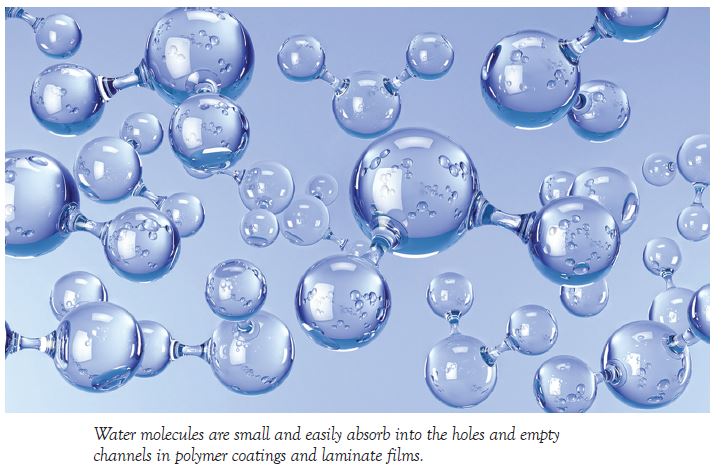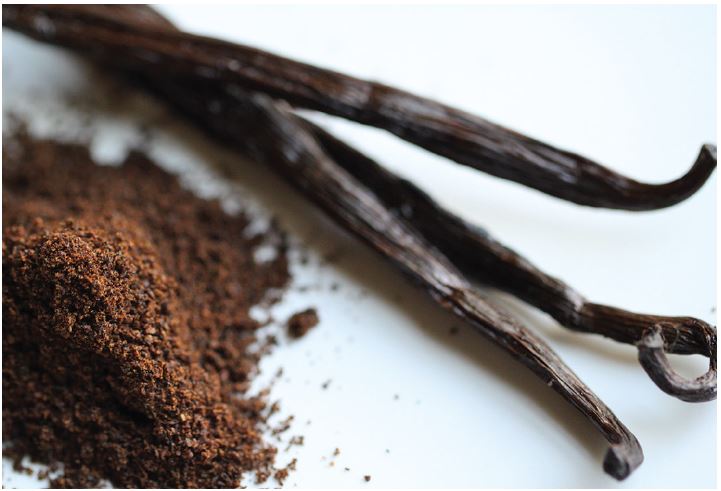Written on: December 1, 2021 by W. Stephen Tait
Package corrosion is a complex interaction between a large number of formula and package factors. It has been my experience that there are at least 16 known corrosion-contributing and/or corrosion-causing factors for spray packaging. These factors can be grouped into formula and package subcategories as follows:
1. Formula factors
Ingredients
• Propellant type
• Fragrances
• Formula water or contaminant-water
• Formula ingredient and contaminant-water concentrations
• Corrosion inhibitor concentrations that are above or below the effective concentration range
• Formulas containing carboxylic acids and unsaturated molecules
• Surfactants/Detergents
• Fragrances
• Perception-enhancing ingredients
Formula physical form
• Single phase or multiple phases inside the package
• Emulsion types—water-in-oil (oil out), oil-in-water (water out) and microemulsions
2. Package factors
• Type of package (e.g. aerosol containers and bag-on-valve)
• Type of internal package surface treatment (e.g. packages with or without internal coatings or polymer films)
• Internal package coating type and coating micro-morphology
• Microenvironments inside a package
• Internal package metallurgy and geometry (e.g. welds, double seams, valve clench)
Synergy between two or more of these different formula and/or packaging factors could produce significantly more aggressive corrosion than the corrosion by only an individual factor. In other words, a combination of two or more formula and/or package factors could lead to aggressive, unexpected corrosion with very short package service lifetimes.
The large number of factors, along with the possibility of synergy, shows the complexity of spray package corrosion. I’m going to discuss the top five formula factors in this month’s column and the package factors in the next issue.
Water
Potential hydrogen (pH) is a measure of hydrogen ion concentration in water. For example, water having neutral pH of 7 has 0.0000007 moles/liter hydrogen ions and a pH of 2 has 0.02 moles/liter hydrogen ions. In other words, lower pH numbers have more hydrogen ions in the water and are potentially more corrosive. Metal valence electrons can be easily removed from surface metal atoms by hydrogen ions because they are electrochemically active, as shown in Equation 1:
2H+ + 2e- (from package metal) → H2 (gas)
Water could be in a formula either as an ingredient or as a
contaminant. Water dissociates into hydrogen ions and hydroxyl
ions, as shown in Equation 2:
2H2O + 2e- (from package metal) → H2 (gas) + 2OH

The electrons in Equation 1 and Equation 2 are supplied by the package’s surface metal atoms.
Water molecules are small and easily absorb into the holes and empty channels in polymer coatings and laminate films; they then continue to diffuse through the coatings and the films. Diffusion often leads to metal and/or polymer corrosion when water accumulates on the metal substrate in microscopic cavities underneath the coating.
Water is also a solvent for other formula ingredients and often brings them to the metal surface under the polymer coating or laminate film. The chemical composition of the liquid water-plus-formula-ingredients is typically different from your bulk formula composition.
Consequently, polymer corrosion occurs with coated spray packages and metal corrosion occurs with both coated and uncoated packages.
Propellants
Water is slightly soluble in HFC152A propellant and thus this propellant can bring contaminant-water into anhydrous formulas. Contaminant-water might or might not contribute to or cause spray package corrosion, depending on its concentration in the formula.
DME propellant is a strong solvent for most spray package coatings. Hence, there is a higher probability that DME could cause internal package coating corrosion that might or might not lead to corrosion of the metal under the coating.
Carbon dioxide propellant dissolves in water to form carbonic acid. Carbonic acid dissociates into hydrogen ions and bicarbonate ions, as shown in Equation 3:
H2CO3 (carbonic acid) → HCO3- (bicarbonate ion) + H+
The hydrogen ion in Equation 3 is electrochemically active (see Equation 2) and the bicarbonate ion in Equation 3 is also electrochemically active, as shown in Equation 4:
2HCO3- (bicarbonate ion) + 2e- (from the package metal) → H2 + 2CO3=
A corrosion inhibitor is most likely, but not always, needed when these three types of propellants are used.
Not all propellants contribute to or cause spray package corrosion. For example, both nitrogen and liquefied petroleum gas (LPG) (hydrocarbon propellants) are not electrochemically active and LPGs are typically weak solvents. Hence, nitrogen and LPG propellants do not typically contribute to or cause spray package corrosion.
Formulas containing carboxylic acids & molecules with unsaturated chemical bonds
Carboxylic acids in a formula can dissociate to produce corrosive hydrogen ions, depending on the formula/contaminant-water pH. However, in some instances, carboxylic acid salts, such as sodium benzoate, adsorb onto the package metal surface and inhibit corrosion instead of contributing to or causing corrosion.
Molecules with unsaturated chemical bonds could become saturated (and more stable) in some instances, by removing metal valence electrons. However, the unsaturated bonds are typically not electronegative enough to completely remove valance electrons from metals. Thus, in some instances, unsaturated bonds adsorb on the metal surface and share the metal’s valence electrons instead of removing them. This situation sometimes produces corrosion inhibition.
Surfactants/Detergents
Surfactants make metal surfaces more or less susceptible to water adsorption. Consequently, surfactants could contribute to metal corrosion when they wet the metal surface (hydrophilic). Hydrophylic surfactants also enhance absorption and diffusion through polymer coatings and films.
A hydrophobic surfactant repels water, thus decreasing absorption and diffusion through coatings and laminates—thus either impeding or inhibiting corrosion.
Some surfactants, such as sodium lauryl sulfate, cause corrosion in a wide variety of environments, such as consumer packaged goods formulas.
Fragrances
A few fragrances have been shown to contribute to or cause spray package corrosion, such as those containing vanilla. However, most fragrances act to some degree as corrosion inhibitors, although it is unknown why and when this happens. I hypothesize that certain fragrances act as corrosion inhibitors when one or more of their components with unsaturated bonds attach themselves to the metal surface and share the metal’s electrons with it instead of removing these electrons. There are a few technical publications concerning corrosion inhibition by natural chemicals, such as tannins.

Ultimately, corrosion testing is needed to determine if a given formula and/or specific ingredients will either cause corrosion of the chosen spray package components or if they will inhibit corrosion.
Thanks for your interest and I’ll see you in December. Contact me at 608-831-2076, rustdr@pairodocspro.com or from one of our two websites: pairodocspro.com or aristartec.com. SPRAY